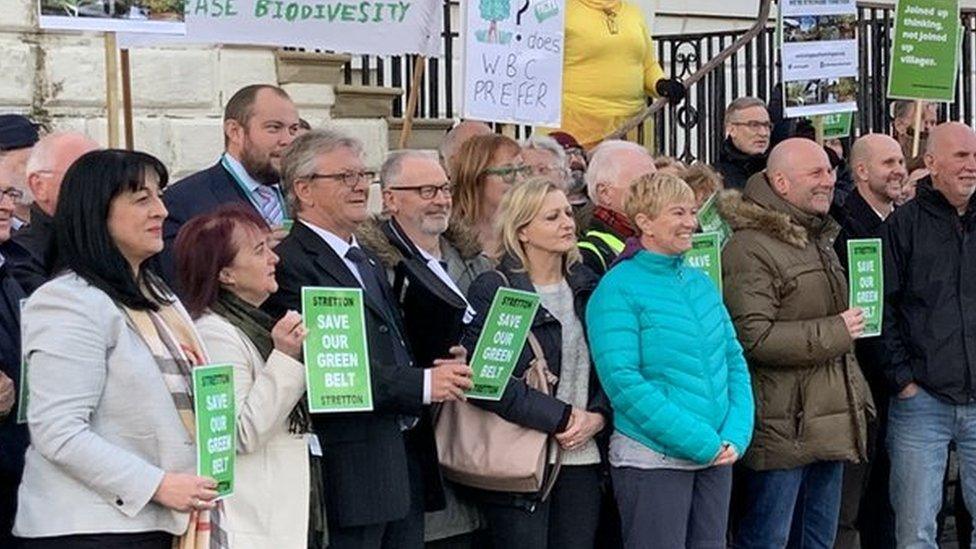Liverpool to build new council houses for first time in 30 years
- Published

A set of refurbished houses on Webster Road in Picton are the first to form part of the scheme
Liverpool is set to begin building new council houses for the first time in 30 years.
The council is pressing ahead after the government confirmed a £735m debt - wiped when the authority transferred its properties to housing associations - will not be reactivated.
Mayor Joe Anderson has pledged to build 10,000 houses, but did not specify how many would be council homes.
The city needs to develop 30,000 new homes by 2030, the council said.

Liverpool built its first council houses - St Martin's Cottages - in Vauxhall in 1869
Councils have been able to borrow more to build homes since April after the government removed a cap on borrowing limits.
Housing minister Kit Malthouse wrote to Mr Anderson, saying he was "pleased to see the ambition and enthusiasm" of the city "in engaging with the urgent process of delivering the new homes".
Mr Anderson said: "Liverpool pioneered public sector housing. I am extremely proud that, 150 years on from the city leading the way on social properties, we are now able to do so again."
He said "affordable, social, properties are desperately needed" but "buying is not for everyone".
"We need to rebalance the city's housing market with a wider choice of the homes that people need," he added.
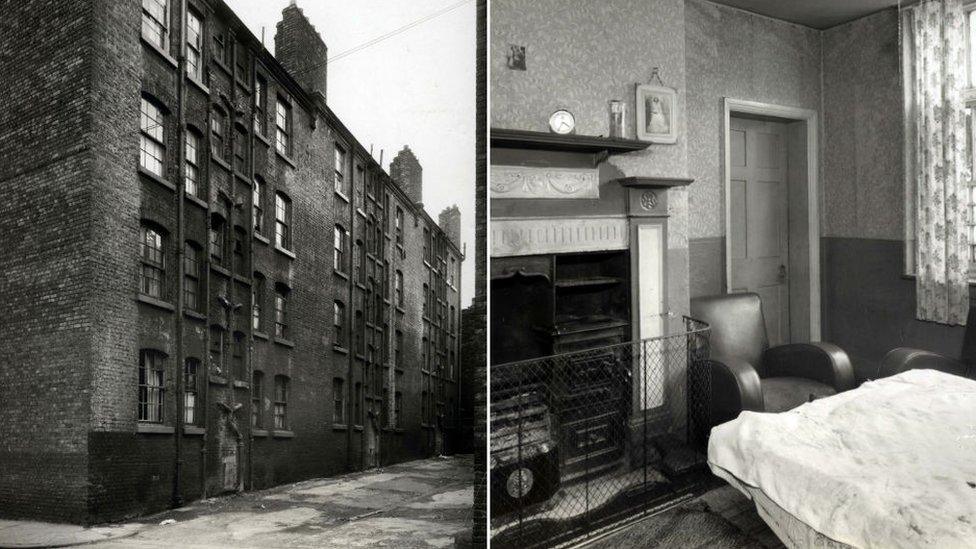
The council said St Martin's Cottages were the first council houses in Europe
A set of refurbished houses on Webster Road in Picton are the first to form part of the scheme, with a £76-a-week rent.

A history of council housing
Local authorities have been required by law to provide council housing since the 1919 Addison Act.
It followed Prime Minister Lloyd George's Homes fit for Heroes campaign sparked by concerns over the poor physical condition of World War One Army recruits.
But it was not until after World War Two that the age of the council house truly arrived.
Clement Attlee's Labour government built more than a million homes, 80% of which were council houses, largely to replace those destroyed in the war.
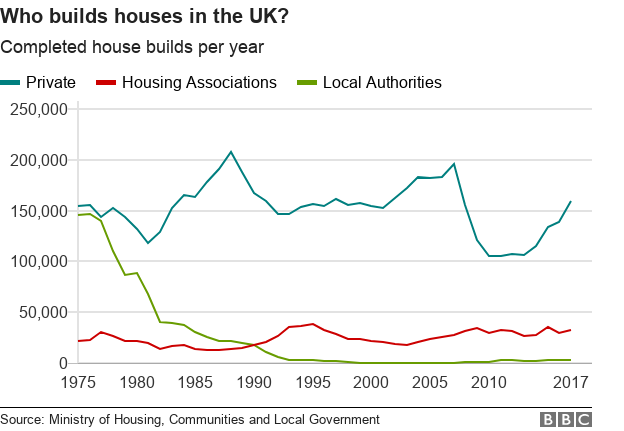
The boom continued when the Conservatives returned to power in 1951. Then "right to buy" began to take off and the number of council houses sold in England went from 7,000 in 1970 to nearly 46,000 in 1972.
Even during the late eighties, local authorities were responsible for more than 40% of house builds - but by By 2017, it dropped to less than 2%, according to government statistics, external.
Now that existing limits on councils' ability to borrow money have been lifted and the wiping of prior debts confirmed, council house building is expected to grow again.
- Published30 May 2019

- Published6 August 2014

- Published3 October 2018
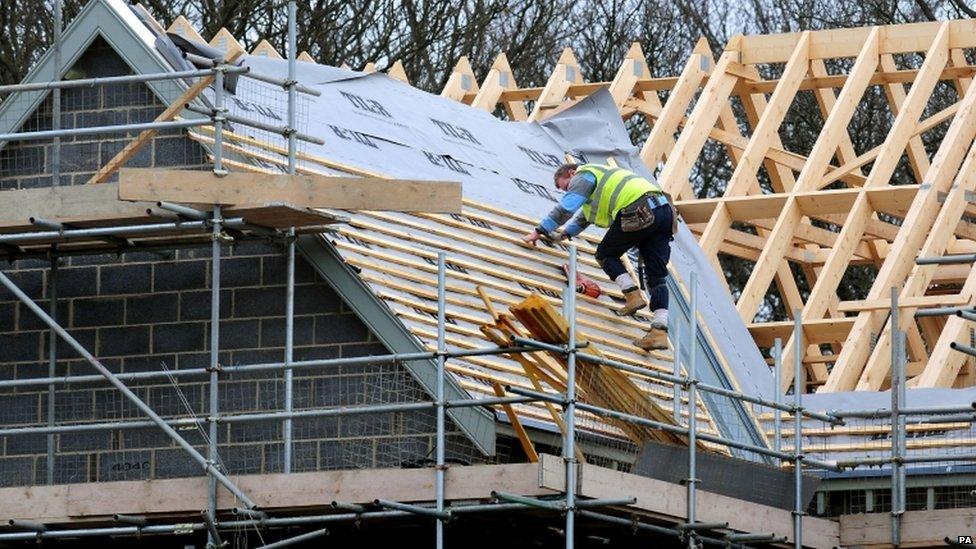
- Published14 April 2015
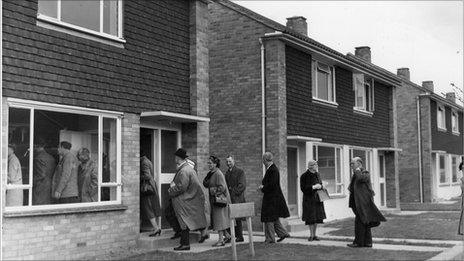
- Published30 May 2019
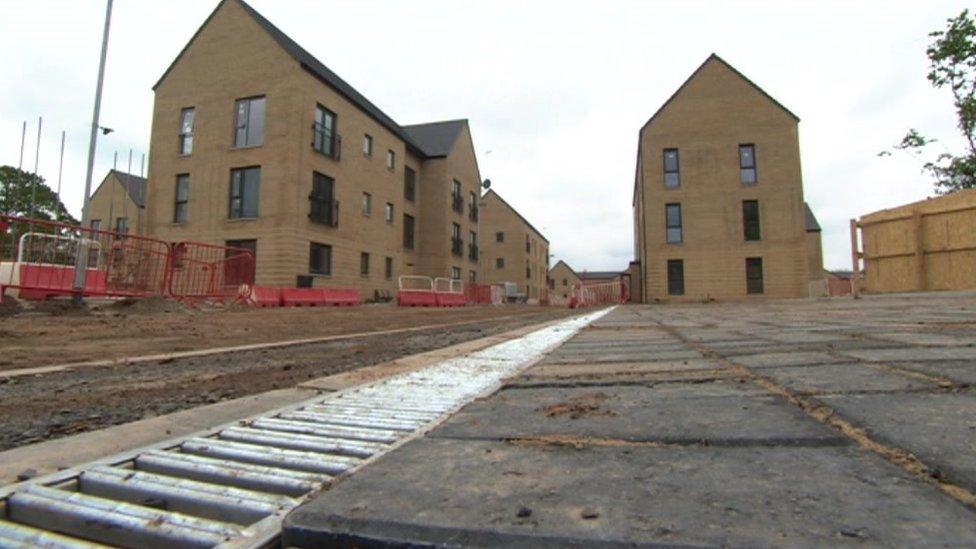
- Published13 June 2019
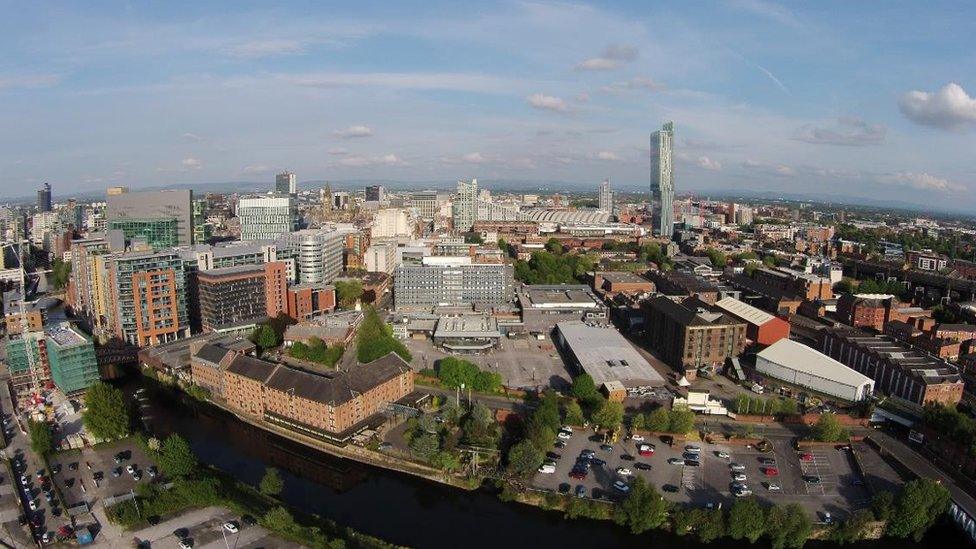
- Published26 March 2019
